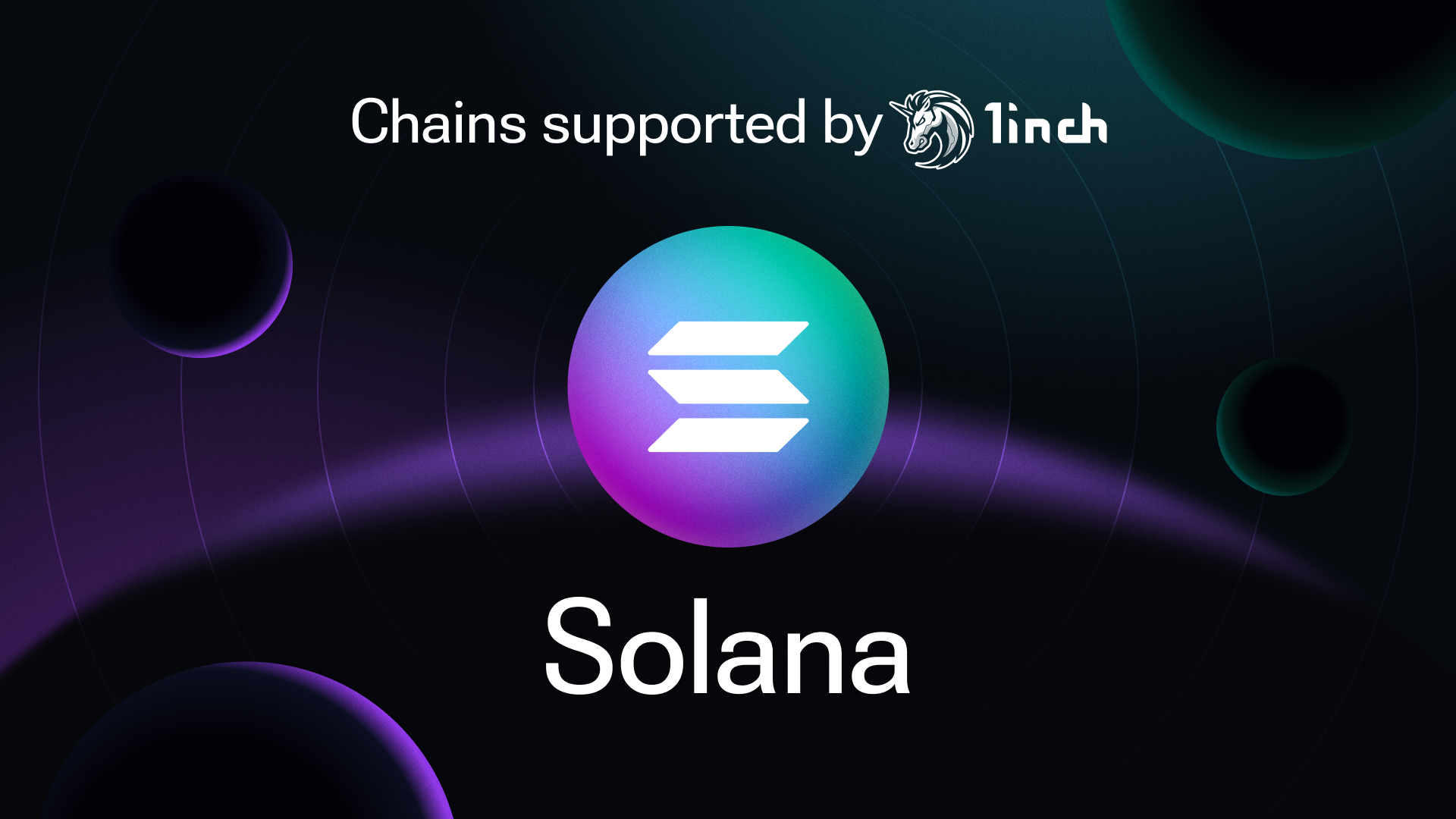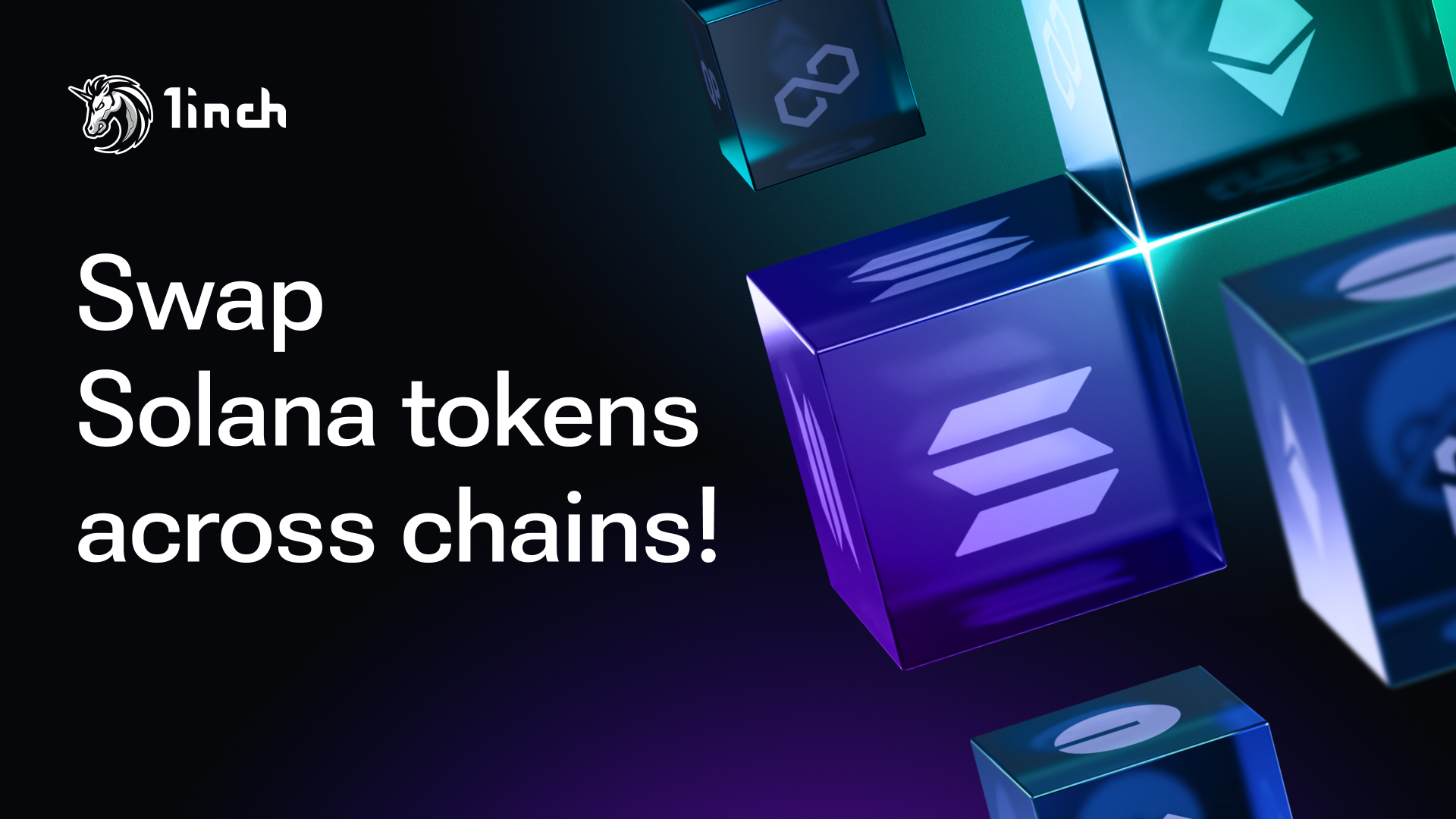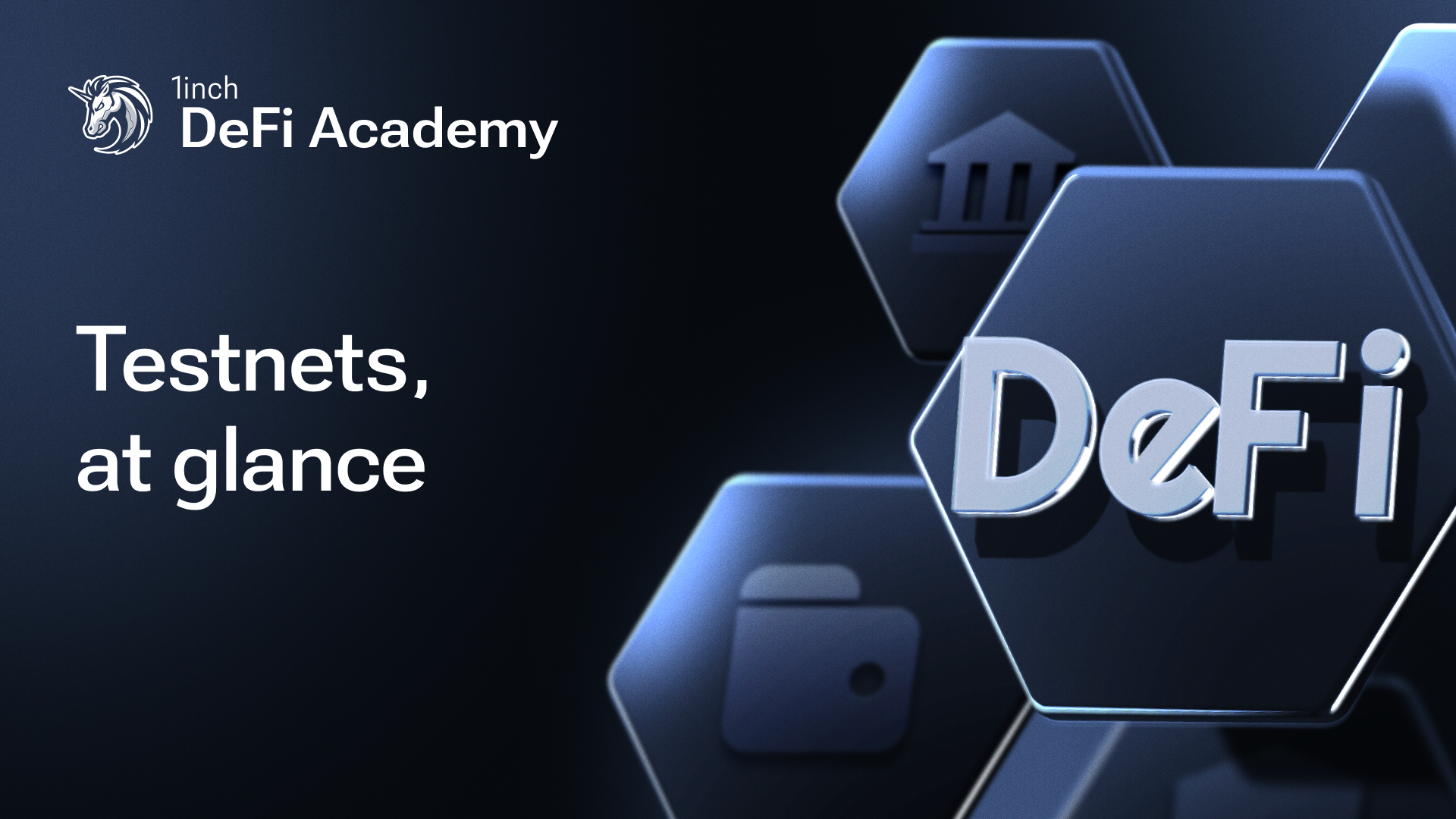Solana: fast-growing and efficient

Recently, 1inch expanded to a new blockchain network — Solana. In this post, you’ll learn what Solana is and why this expansion matters.
Solana has quickly gained recognition as one of the fastest and most efficient Layer 1 blockchains in the Web3 space. Designed to address scalability limitations common to earlier blockchain networks, Solana offers ultra-fast transaction speeds, low fees and an expanding ecosystem of DeFi, NFT and Web3 applications. Its technical innovations and strong developer activity have positioned it as a key player in the race to power the next generation of decentralized applications.
What is Solana?
Solana is a high-performance blockchain that intends to boost speed and scalability without sacrificing decentralization. Launched in 2020 by Solana Labs, the network uses a novel hybrid consensus mechanism called Proof of History (PoH), combined with Proof of Stake (PoS). This approach allows Solana to process thousands of transactions per second (TPS) at an average cost of less than a cent.
Solana’s architecture prioritizes throughput and performance, making it ideal for use cases that require high-speed interactions, such as decentralized exchanges, gaming and real-time payments.
Key features of Solana
- High throughput: Solana's theoretical maximum throughput is 65,000 transactions per second (TPS), as reported in their Network Performance Report.
- Ultra-low fees: Solana's transaction fees are remarkably low, averaging around $0.00025 per transaction, according to Solana Compass.
- Proof of History: A unique timestamping mechanism that sequences transactions efficiently without waiting for consensus on block order.
- Scalability without sharding: Unlike some networks that rely on sharding, Solana maintains a single global state, simplifying development and user experience.
- Vibrant ecosystem: Solana supports a growing number of dApps in DeFi, NFTs, Web3 gaming and infrastructure tooling.
Solana ecosystem highlights
The Solana ecosystem has expanded rapidly, with projects building across verticals:
- DeFi: Protocols like Jupiter, Drift, Kamino and Orca offer a wide range of financial services including swaps, derivatives, and lending.
- NFTs: Collections such as Mad Lads and SMBs have driven active marketplaces like Magic Eden.
- Payments and stablecoins: With fast settlement and low fees, Solana is highly suitable for real-world payments and integrations.
- Developer support: Tools like Anchor and Solana CLI help new projects launch and scale.
SOL Token
SOL is the native token of the Solana blockchain and plays a central role in the network. It’s used for:
- Paying transaction and smart contract execution fees.
- Participating in staking to secure the network.
- Accessing services in Solana-based applications.
SOL is also used as a governance token in some projects built on the network, enabling token holders to vote on key protocol decisions.
Community and growth
Solana has cultivated a strong global developer community, consistently ranking among the top ecosystems by GitHub activity. Community events like the Solana Hacker House series and Solana Breakpoint have helped onboard thousands of builders and contributors.
Despite some setbacks, including network congestion and outages in earlier versions, the Solana team has implemented multiple upgrades to improve stability and reliability. As a result, Solana continues to attract both institutional interest and grassroots development.
Looking ahead
As Solana’s infrastructure matures, its focus remains on delivering the speed and cost-efficiency necessary for mass adoption of Web3 applications. With its rapidly growing ecosystem, improving tooling, and strong developer momentum, Solana is well-positioned to remain a leading platform for scalable, consumer-friendly blockchain apps.
Stay tuned for more news and insights from 1inch!




























